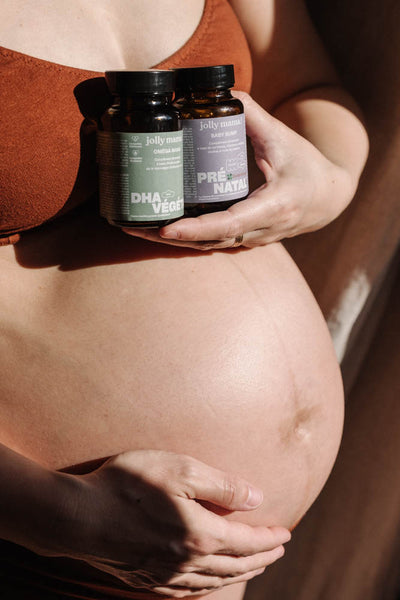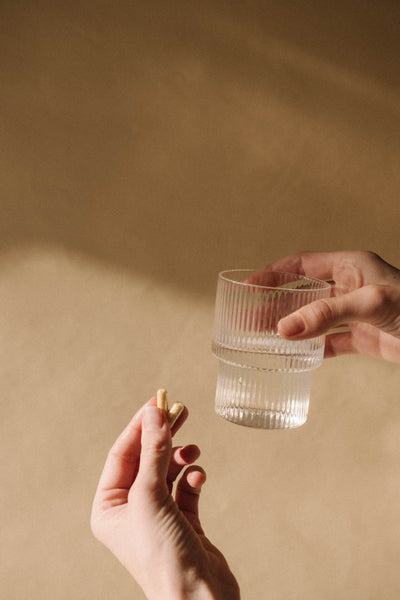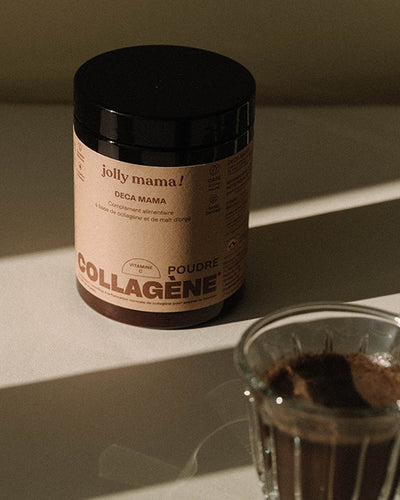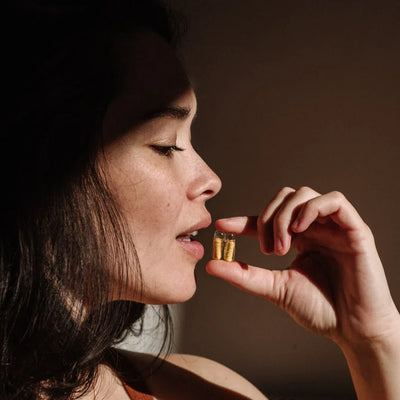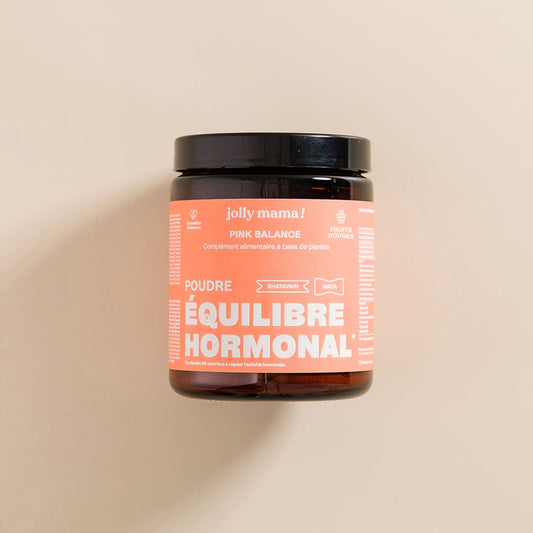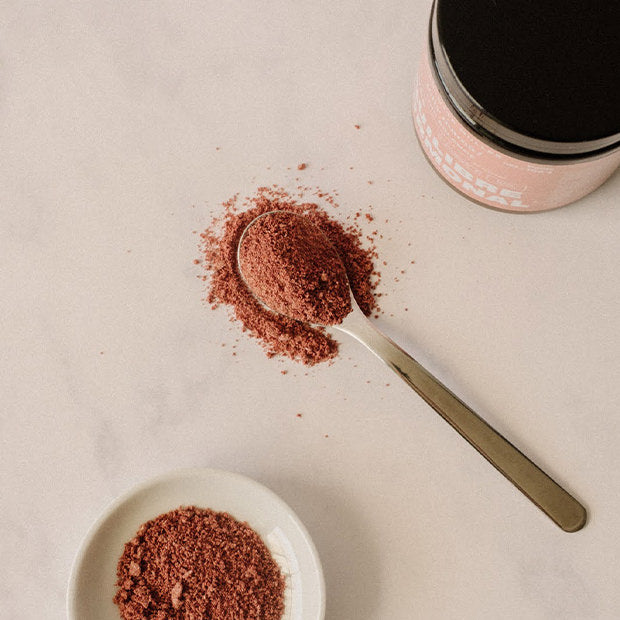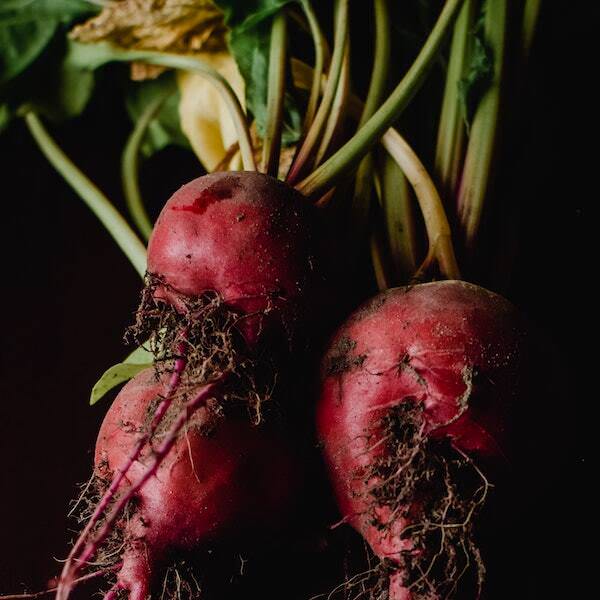
Betterave
Origine : France
La betterave est un puissant antioxydant, bénéfique notamment pour l’équilibre hormonal.
Un déséquilibre hormonal peut générer du stress oxydant, qui en retour peut modifier la synthèse, l'activité et le métabolisme des hormones. Le mode de vie inflammatoire augmente le taux d'œstrogènes, créant un déséquilibre hormonal.
Les études montrent que la betterave aide à diminuer le stress oxydant et l’inflammation. Cela est dû à un de ses composés, la bétaïne.
La bétaïne a également des effets bénéfiques sur le foie, or la détoxification du foie permet de maintenir un bon équilibre hormonal, notamment en éliminant l’excès d’oestrogènes.
Ils en contiennent...
Nos sources
Seema Patel et al., « Estrogen: The Necessary Evil for Human Health, and Ways to Tame It », Biomedicine & Pharmacotherapy = Biomedecine & Pharmacotherapie 102 (juin 2018): 403‑11, https://www.sciencedirect.com/science/article/pii/S0753332217353246.
Antonio Mancini et al., « Thyroid Hormones, Oxidative Stress, and Inflammation », Mediators of Inflammation 2016 (2016): 6757154, https://www.hindawi.com/journals/mi/2016/6757154/.
Ali A. El Gamal et al., « Beetroot (Beta Vulgaris L.) Extract Ameliorates Gentamicin-Induced Nephrotoxicity Associated Oxidative Stress, Inflammation, and Apoptosis in Rodent Model », Mediators of Inflammation 2014 (2014): 983952, https://www.hindawi.com/journals/mi/2014/983952/
Tuba Esatbeyoglu et al., « Betanin--a Food Colorant with Biological Activity », Molecular Nutrition & Food Research 59, no 1 (janvier 2015): 36‑47, https://doi.org/10.1002/mnfr.201400484.
Dehong Tan et al., « Betanin Attenuates Oxidative Stress and Inflammatory Reaction in Kidney of Paraquat-Treated Rat », Food and Chemical Toxicology: An International Journal Published for the British Industrial Biological Research Association 78 (avril 2015): 141‑46, https://www.sciencedirect.com/science/article/pii/S0278691515000319.
Christopher R. Day et Stephen A. Kempson, « Betaine Chemistry, Roles, and Potential Use in Liver Disease », Biochimica et Biophysica Acta (BBA) - General Subjects 1860, no 6 (1 juin 2016): 1098‑1106, https://www.sciencedirect.com/science/article/pii/S0304416516300149.







